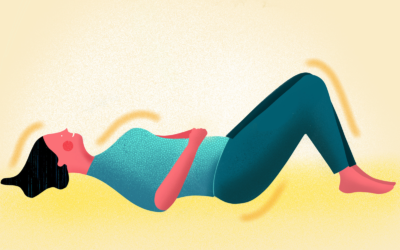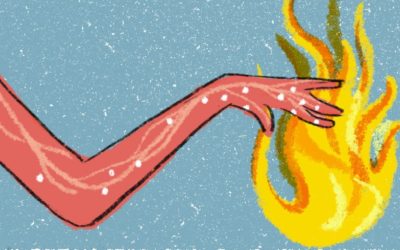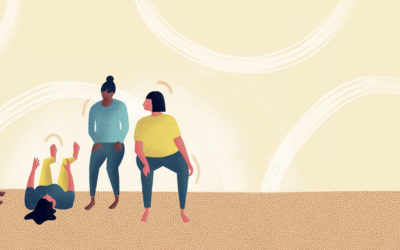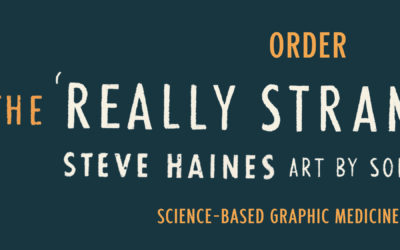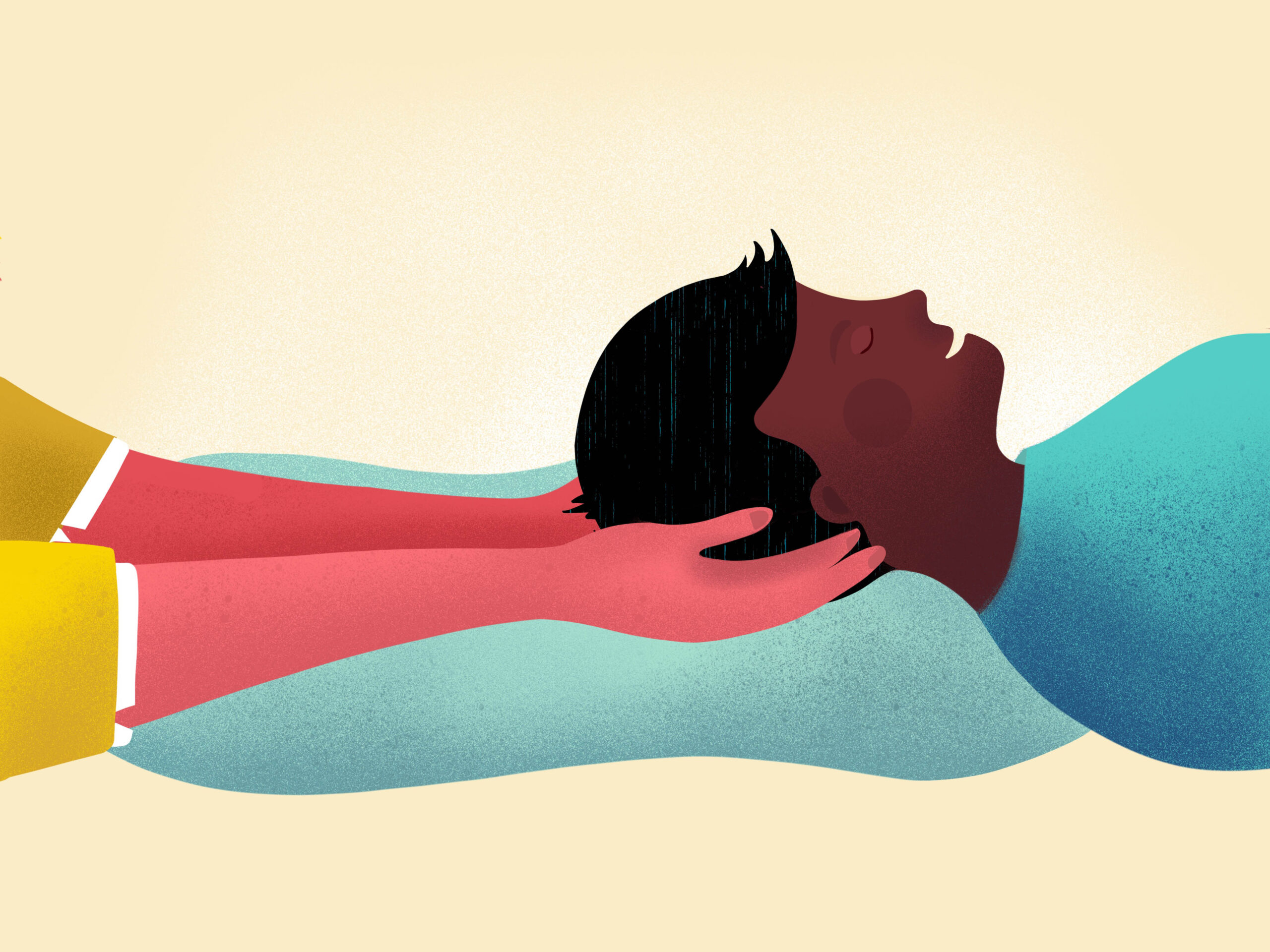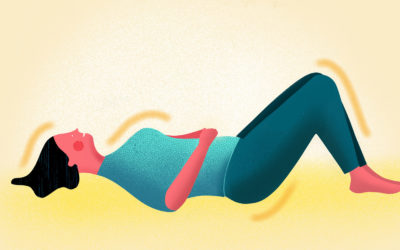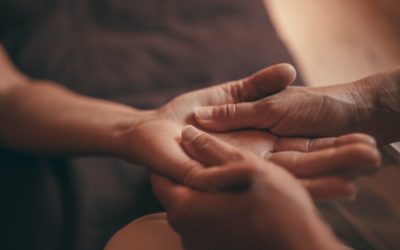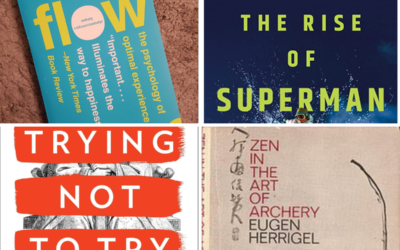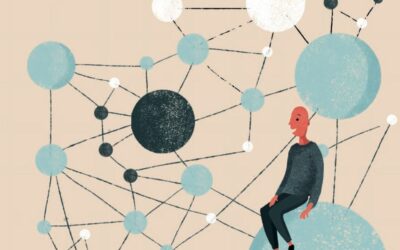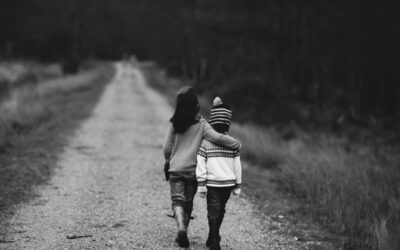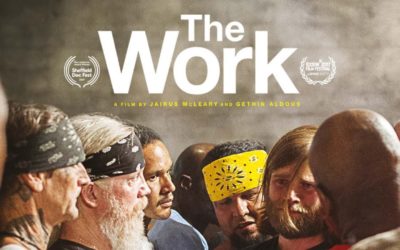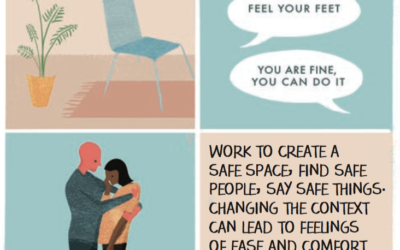The Latest from our Blog
What if our minds emerge from our bodies? (and what impact does this have for pain, anxiety and trauma?)
Dr Karin Lindgard is an author, philosopher and biodynamic craniosacral therapist who I really respect, and someone whose work has influenced me over the years. Her unique perspective on consciousness draws on 20 years of research, including a PhD in philosophy. When...
How can TRE® help manage auto-immune conditions?
This article was written by Sylvia Benoist. (Note from Steve: Sylvia recently completed her training as a TRE - Tension and Trauma Releasing Exercises - supervisor (mentor with me), and I asked her to share her journey with TRE and Ankylosing Spondylitis, a type of...
Five Unexpected Ways to Overcome Pain
Did you know that Usain Bolt (the fastest man in the world) has massive scoliosis - a major curvature of the spine? Even though his body is far from symmetrical, he is able to compete at the highest level we've ever seen in a sprinter. The shape of his spine does not...
3 Ways to Engage Your Body to Transcend Trauma
I think it’s very useful to define trauma as “anything that overwhelms our ability to cope”, as well as to view trauma as a continuum. The overwhelm that leads to trauma patterns in the body may be from a specific experience such as a car accident, sexual abuse,...
Three Things that Dr Spock Can Teach Us About Emotions
I’m being playful with the title here, because - as many of you well know - feeling emotion is not the strong suit of Star Trek’s king of reason, Dr Spock. However, we live in a world that for several centuries has favoured Spock’s reality; where reason and logic are...
8 Books for Your Holiday Wishlist
If you’re looking for recommendations for books to read or request over the winter break, I’ve compiled a list of eight of my recent favourites, my go-to recommendations, as well as my own books. ONE: Look Again By Elizabeth A Trembley I can’t recommend ‘Look Again’...
How to Make Your Brain Feel Safer?
There is a lot of pain around: In a huge study (Breivik et al 2006) across 15 European countries, 19% of people reported living with moderate to severe pain for more than 6 months. That’s 1 in 5 people in persistent pain states, the majority for many years. Holy moly....
Why Touch is Essential For Humans
Touch can be an incredible way to soothe, create safety, and help us to feel whole and healthy. Numerous studies have revealed that touch is essential for us humans to thrive and in this blog I’m going to share the details of these studies and what they can teach us...
What I’ve Learned From Teaching TRE to 2000 People
Over the past 13 years, I’ve had the privilege of teaching TRE (Trauma and Tension Releasing Exercises) to over 2000 people. Here are some of the insights I’ve gained about the power of this simple trauma healing practice: People expect change to be painful or...
10 Things to Remember When Working to Heal Trauma
It’s now well understood that going slow is actually the quickest way to heal trauma. That’s why all modern trauma healing focuses on teaching how to regulate intense feelings. The truth is that feeling is a difficult business, and if it is hard to feel, it is hard...
Zen and the Art of Craniosacral Therapy
My journey to becoming a bodyworker started with the study of Zen and Shiatsu. Zen opened up a whole new worldview for me and immersed me in a rich tapestry of philosophies and new ways of approaching the world, birthing a fascination with the idea of ‘non-doing’....
My Four Favourite Books About Flow States
A few years ago, I offered a series of workshops with a dancer called Marina Collard. It was very inspiring for me to bring awareness to simple gestures for hours at a time. Every time Marina moved, she looked like water being poured - always carving an elegant...
Five Ways That Shaking Can Help to Heal Trauma
Shaking can release long-held tension patterns and promote new feelings of connection and ease. It is a novel stimulus to the central nervous system. New stimuli, approached with safety and curiosity, can support learning and growth. TRE®, Tension and Trauma Releasing...
Become an Expert in Touch: Train with Body College
Last month we held a seminar on our ‘Art of Touch’ Biodynamic Craniosacral 2-year professional training and the feedback has been excellent. The course is suitable for you if you’re a health professional considering adding a new modality to your work or an individual...
Anxiety is Really Strange – Helping Teens through Anxious Times
At the beginning of 2022, more than 400,000 children and young people were being treated or waiting to be treated for mental health problems in England – the highest number on record. So I’m pleased that my book, Anxiety is Really Strange was included in a new...
Childhood Trauma, ACES and TRE
The body is central to understanding what trauma is and how we should deal with it. In this blog I discuss how to work with the body to help to resolve the effects of early, childhood trauma. This is taken from a recent podcast interview I did called Living With...
Four Keys for Using Touch to Heal Trauma
Whether you’re personally working to release and heal trauma within you, or you’re a practitioner helping your clients to work through trauma, touch is an incredibly powerful and simple tool. I recently had a fascinating conversation with my long-time colleague Jane...
Learning from ‘The Work’ – a film on therapy in Folsom Prison
There is a moment in The Work at about 20 minutes. Two men are standing eye ball to eye ball. They are in a group of other men standing in a circle around them. You are aware of the noise of other circles of other men. The stillness and the intensity between the two...
The Power and Limits of Touch
Touch in manual therapy does not work in the way most people think it does. Evidence increasingly shows there are clear limits to our ability to diagnose and treat structural issues by focusing on local tissue dynamics. We can however negotiate ‘affective touch’ to...
To Heal Trauma We Do Not Need to Remember
When trying to recover from overwhelming experiences it can be helpful to understand how memory works, particularly how memories are related to feelings in the body. Memory is a complex perception. In this blog I’ll explore how memory works and why it can get confused...
Can we ease anxiety through embodiment?
Anxiety is most commonly framed as a psychological problem, and helping people with anxiety has traditionally been seen as the territory of mental health professionals. However, through over 20 years of clinical experience as a bodyworker I’ve discovered how safely...
Can we change the way we perceive pain?
Pain is strange in that it is non-linear and quickly becomes amplified over and above what is happening in the tissues. A leading definition emerging from the latest research is that pain emerges when your brain decides something is unsafe. At the core of the...
Is trauma physiological, or psychological?
When it comes to healing trauma, psychology isn’t unimportant, however, when we work with a body-up approach, we can reset the overactive triggers in our threat detection systems. When the body is calm and we’ve quieted its protective reflexes, we can make more space...
The Hidden Mystery of Trauma
When I started to learn about trauma and I realised that the most important decision a human being is making is “am I safe?”, it became a key focus of my work. Especially when I discovered that all pain, anxiety and depression is rooted in feelings of not being safe....
You’re an organic garden, not a broken machine
When it comes to working with pain, I believe the core of our clinical work is finding creative ways to help people find agency, strength and choice. In my early work, I used to believe there was a stretch or a manipulation for every health challenge. Over time I...
Four Ways to Embody Safety for Yourself and Your Clients
I’m a passionate advocate for embodiment. Human beings function best when they’re connected, present, not dissociated and able to be coherent with what’s happening inside them and what’s happening around them. This is an ongoing negotiation. In my clinical practice,...
How does touch work, and why is it such a powerful tool to support health?
Touch is stranger and more powerful than often assumed. A lot of what we have thought to be true about touch, particularly as body workers, is now being re-thought. And in the time of COVID-19 conversations about how to touch, and the importance of relational touch...
Blissful Movements Podcast
I was recently interviewed for the Blissful Movements Podcast. We explored: How embodiment is a lifelong journey. When we dissociate, where do we go to? The physiology of empathy. How our sense of self is defined by many streams of information as bio-psycho-social...
Why is ‘shaking it off’ so good for us?
The psychologist, Dr David Bercelli has long worked in the Middle East and North Africa in war-torn communities. He was in a bomb bunker in Lebanon when he began to conceive the practice of TRE (Trauma and Tension Releasing Exercises). As the bombing continued, he...
How Bodyworkers Can Be More Brave and Ambitious With Touch
Touch is stranger and more powerful than often assumed. In trauma, pain and anxiety, touch can be a safe, novel stimulus to access new possibilities in our physiology. As bodyworkers we can learn to be more skillful as we touch our clients. A focus on slow, relational...


